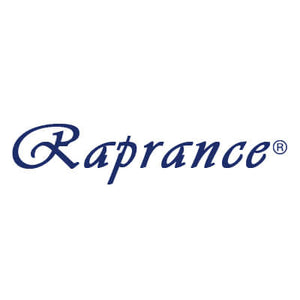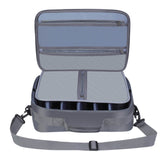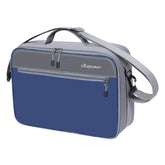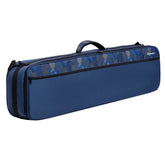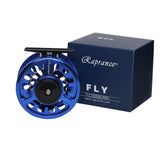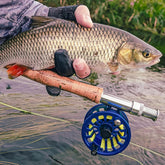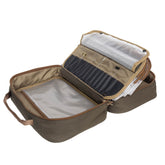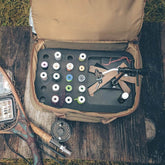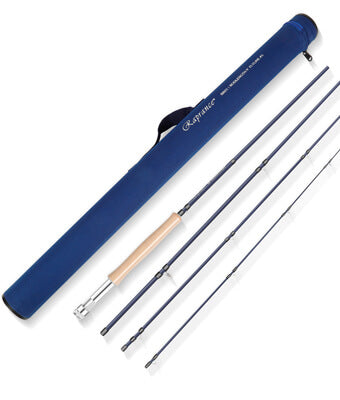Fly Line: Understanding When and How to Use Scandi Fly Lines
Choosing the right fly line can greatly impact your success on the water. Knowing when to use a Scandi fly line can enhance your casting and presentation techniques, making it essential for targeting various species effectively. In this post, I will explore the nuances of floating versus sinking Scandinavian fly lines and share my experiences with two popular options: the Rio Scandi fly line and the Airflo Scandi compact fly line.

Understanding the right conditions for each type of line can help me maximize my effectiveness while fishing. By examining the differences in design and performance, I aim to provide insights that will assist you in making informed decisions about your gear. Whether you're a novice or an experienced angler, knowing how to select the appropriate line can elevate your overall fishing experience.
Choosing the Right Fly Line

Selecting the appropriate fly line is crucial for achieving the best results while fishing. I consider several factors, such as purpose, water conditions, and line type. The following subsections delve into specific considerations that influence my choice.
When to Use a Scandi Fly Line
I use a Scandi fly line when targeting specific species that require precision casting, particularly in rivers or still water. This line is ideal for fishing situations that involve shorter distances and controlled presentations.
Scandi lines are perfect for chasing salmon or steelhead, especially when I need to employ a variety of casting techniques. Their streamlined design helps me achieve accurate placements in tight spaces where fish tend to hide.
Key conditions for using Scandi lines include:
- Low Water Levels: Ideal for stealthy drifts
- Cold Weather: Maintains performance in various temperatures
- Short to Medium Casts: Optimal for effective fishing
Floating vs Sinking Scandinavian Fly Lines
Choosing between floating and sinking lines is vital based on water depth and target depth. I find that floating lines are beneficial for topwater presentations, while sinking lines excel in reaching fish holding in deeper waters.
When using floating lines, I focus on the surface layer, often paired with streamers or dry flies. They provide delicate presentations, making them useful in clear water conditions.
In contrast, sinking lines, categorized into various sink rates, allow me to effectively fish deeper areas where fish often reside. When targeting fish at varying depths, my choices include:
- Intermediate Sinking Lines: For slightly submerged levels
- Fast Sinking Lines: For deeper waters, especially with fast currents
Understanding these differences helps me make informed choices based on current conditions.
Scandi Fly Line Reviews
I will examine two popular options in the Scandi fly line category, focusing on their features and performance. This should help you make informed choices for your fly fishing needs.
Rio Scandi Fly Line Review
The Rio Scandi fly line is well-regarded for its versatility and ease of use. It boasts a short, thick front taper, enabling precise casting even with heavy flies. I appreciate the line’s ability to perform well in various conditions, making it suitable for both freshwater and saltwater fishing.
Another key feature is its low-memory formulation, which reduces tangling. The line also includes a welded loop for easy rigging. With a range of line weights available, it caters to different rod types, enhancing my experience every time I hit the water.
Airflo Scandi Compact Fly Line
The Airflo Scandi Compact fly line stands out due to its innovative design and materials. It uses a specific taper profile that facilitates smooth turnover for larger flies, allowing me to cast with confidence. The line's build includes a durable coating that withstands wear, which is essential for longevity.
One notable aspect is its intermediate sinking option. This allows me to target fish at varied depths effectively. Additionally, the low-stretch core enhances sensitivity, providing immediate feedback when a fish is on the line. The welded loops offer convenience during setup, making this line an excellent choice.
